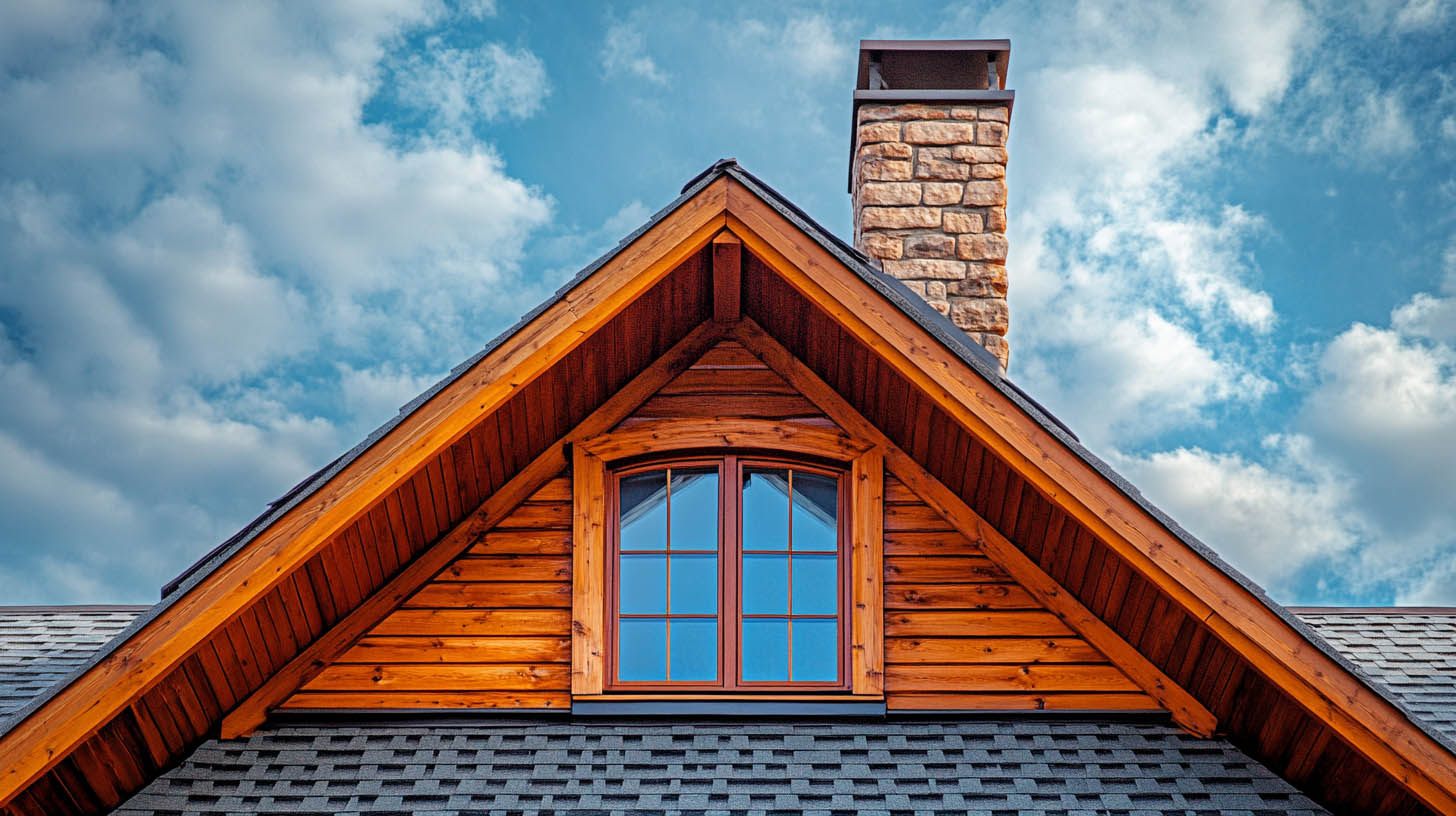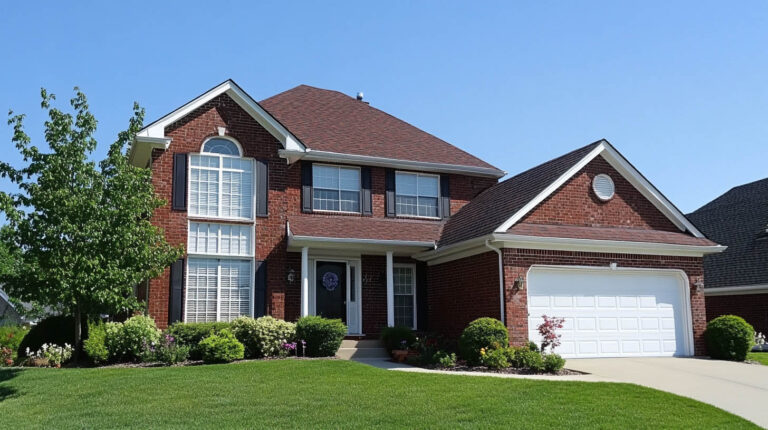
Blog
The Importance of Attic Ventilation for Homes in Nashville
Proper attic ventilation is essential for maintaining your home’s comfort, protecting your roof, and improving energy efficiency. Avenue Roofing, Jacksonville, FL’s trusted roofing provider, ensures that each roofing project includes an assessment of ventilation to extend roof longevity and reduce energy costs.

How Attic Ventilation Works
Attic ventilation systems allow fresh air to flow through the attic, keeping temperatures consistent and removing excess moisture. A well-designed system balances intake and exhaust, allowing air to circulate freely, reducing potential damage to roofing materials and insulation.
Fact: According to the U.S. Department of Energy, inadequate attic ventilation can cause temperatures to reach up to 150°F in the summer, which can damage roof shingles and increase cooling costs.
Benefits of Proper Attic Ventilation
Temperature Regulation
Attic ventilation prevents excessive heat buildup during summer, which can transfer to the rest of the home. This helps reduce reliance on air conditioning, lowering energy costs. In colder months, ventilation minimizes condensation that could otherwise cause mold growth and insulation damage.
Increased Roof Longevity
Ventilation protects roofing materials from excessive heat and moisture. Excess moisture can weaken the roof structure, while extreme heat can warp shingles and reduce their effectiveness. By balancing attic temperatures, ventilation extends the lifespan of roofing materials.
Prevents Moisture-Related Issues
Excessive moisture in the attic can lead to rot, mold, and mildew, which can damage wood and insulation. It can also cause ice damming in winter, when melting snow refreezes at the roof’s edge, preventing proper drainage.
Energy Efficiency Gains
When temperatures are controlled through ventilation, HVAC systems work less to maintain a stable indoor climate, lowering energy usage and costs. Attic ventilation, combined with proper insulation, maximizes energy efficiency.
Common Ventilation Systems for Attics
- Ridge Vents: Installed along the roof’s peak, ridge vents allow warm air to escape naturally.
- Soffit Vents: Located under the eaves, soffit vents allow cooler air to flow into the attic.
- Gable Vents: Positioned in the attic walls, these vents facilitate cross-ventilation.
- Attic Fans: Electric fans expel warm air and are effective in particularly hot climates.
FAQs
Q1: How do I know if my attic needs more ventilation?
A1: Signs include high attic temperatures, musty odors, visible mold, and condensation on rafters.
Q2: Can attic ventilation lower my energy bills?
A2: Yes, it prevents excessive heat buildup, reducing the load on cooling systems and lowering energy costs.
Q3: Is attic ventilation necessary in cold climates?
A3: Yes, ventilation is essential in all climates to prevent moisture accumulation and ice damming in winter.
Conclusion
Effective attic ventilation is essential for a healthy, energy-efficient home. Working with Avenue Roofing ensures that your attic remains properly ventilated, safeguarding your roof and maintaining a comfortable indoor climate year-round.
To learn more about how a new roof boosts your property value, click here.



